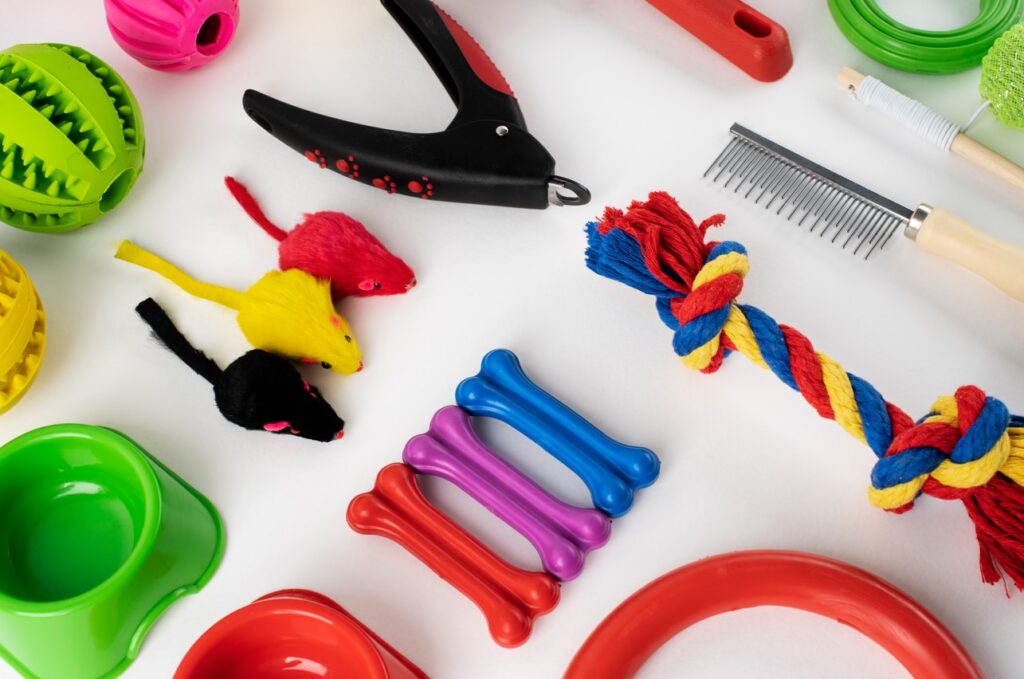We’ve all seen those viral videos of pets acting like their new shoes are torture devices. From dogs walking like robots to cats dramatically flopping over, the struggle is real—and hilarious! While these fails make for great entertainment, as pet parents, we ultimately want our furry friends comfortable in their footwear.
In this guide, we’ll explore the funniest pet shoe mishaps while giving you practical solutions. You’ll learn why pets hate shoes initially, how to help them adjust, and what to do if they absolutely refuse. We’ve even included some heartwarming success stories to give you hope!
1. Classic “First Time Wearing Shoes” Fails (And Solutions)
Why Pets Turn Into Clumsy Robots
When you first put shoes on your pet, their dramatic reaction isn’t just for show. Their paws contain thousands of nerve endings that help them navigate the world. Shoes disrupt this sensory feedback, making them walk like they’re on unstable ground.
Most common reactions include:
- The exaggerated high-step prance
- Complete refusal to move
- Frantic paw shaking to remove the shoes
Helping Your Pet Adjust Gradually
Instead of forcing full footwear immediately, try this step-by-step approach:
- Start by letting them sniff and investigate the shoes
- Reward calm behavior with high-value treats
- Begin with just one shoe for short periods
- Slowly increase wear time over several days
Pro tip: Try placing the shoes on your pet right before their favorite activity, like walks or playtime. This creates positive associations.
When to Consider Alternatives
If your pet remains miserable after consistent training, don’t force it. Paw wax or protective socks might be better temporary solutions while they adjust.
2. Why Some Pets Absolutely Hate Shoes (And How to Win Them Over)
Common Reasons for Shoe Refusal
Understanding why your pet resists footwear is the first step to solving the problem:
- Poor fit (too tight or too loose)
- Uncomfortable materials
- Bad past experiences
- Overstimulation from new sensations
Breed-Specific Challenges
Certain breeds struggle more with shoes:
- Thin-skinned sighthounds often find shoes irritating
- Heavy-chewing breeds may destroy footwear
- Independent cats typically reject them entirely
Solutions for Stubborn Pets
For pets who refuse to cooperate:
- Try different styles (soft booties vs. structured shoes)
- Use extra-high-value treats during training
- Consider professional help from a trainer
- Experiment with alternative paw protections
Success story: One determined owner tried seven different brands before finding mesh booties their Husky would tolerate.
3. Hilarious DIY Disasters (And What Actually Works)
When Good Intentions Go Wrong
Creative pet parents have attempted:
- Duct tape “shoes” that stuck to everything
- Baby socks that slipped off immediately
- Knitted booties with no traction
Why Most DIY Attempts Fail
These well-meaning projects often backfire because:
- They lack proper traction
- Materials aren’t durable enough
- Fit is rarely correct
- Pets can easily remove them
DIY Options Worth Trying
If you’re determined to make your own:
- Use non-slip fabric glue on socks
- Try no-sew fleece booties with Velcro
- Consider temporary balloon covers
Word of caution: Monitor your pet closely with any homemade solutions to ensure safety.
4. Success Stories to Inspire You
From Struggle to Strut
These real-life examples prove even the most shoe-resistant pets can learn:
Case 1: The Adventure Pup
A Border Collie went from refusing to move in shoes to happily hiking in them after his owner associated them with fun outings.
Case 2: The Senior Dog
An arthritic Dachshund gained new mobility with properly fitted, flexible booties that provided traction without restricting movement.
Keys to Success
What these happy endings had in common:
- Patient, consistent training
- Finding the right shoe type
- Positive reinforcement
- Proper fit and comfort
Final thought: Every pet is different. What works for one may not work for another, but with patience and the right approach, you can find a solution that keeps those paws protected.
Wrapping Up
Whether your pet eventually embraces shoes or you find alternative paw protections, what matters most is their comfort and safety. Remember to:
- Start slow with training
- Prioritize proper fit
- Be patient with the process
- Celebrate small victories
Pet shoes aren’t for every animal, and that’s okay! If your pet hates them, focus on alternatives like paw wax or protective pet clothes. But if you do succeed? You’ve got a stylish, paw-safe companion ready for any adventure.

